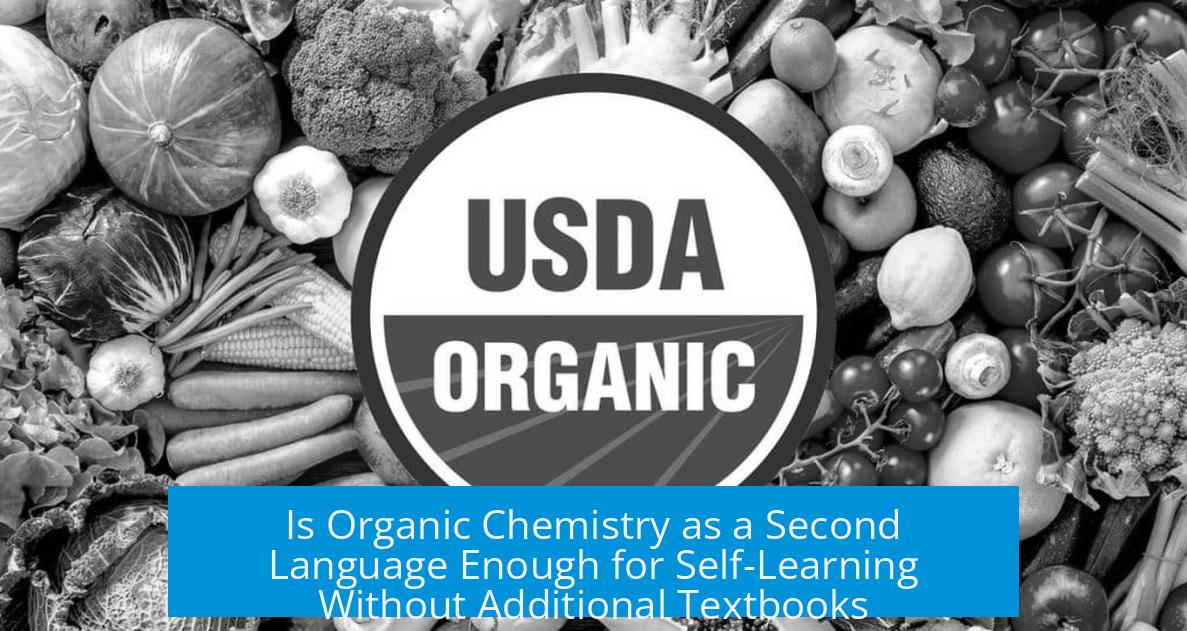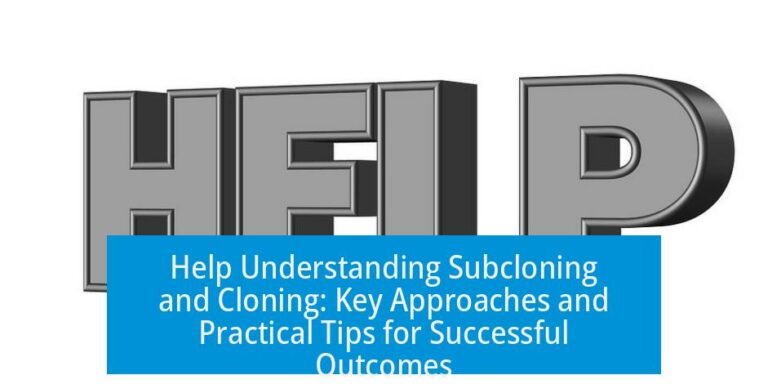Is Organic Chemistry as a Second Language (OCASL) Enough to Self-Learn Organic Chemistry?
Organic Chemistry as a Second Language (OCASL) alone is not sufficient to fully self-learn organic chemistry; it works best as a supplementary resource alongside a comprehensive textbook and additional study aids. While OCASL excels in clarifying concepts and making tough topics approachable, a standalone study relying solely on it risks missing depth and breadth, which are crucial for mastery and top grades.
General Evaluation of OCASL as a Standalone Resource
OCASL is praised widely for its clear language and step-by-step explanations. This makes it a valuable tool to supplement more dense or challenging textbooks. However, many learners and educators agree it is best classified as a supplement rather than a comprehensive primary textbook.
- Comments from users frequently note that OCASL is “fantastic” and helpful for grasping difficult ideas.
- Some learners report that using OCASL alone might result in just average grades, suggesting it lacks some detailed content.
- The consensus is that OCASL does well presenting fundamentals and problem-solving approaches but omits deeper reaction mechanisms and extensive examples required for higher-level understanding.
- One user reported needing additional resources beyond OCASL especially for the second semester topics, implying it is geared more toward introductory concepts.
Why Supplement OCASL with a Primary Textbook?
Organic chemistry is a vast and complex subject. OCASL distills many concepts into simple language. But textbooks provide the rigorous detail, broader context, and extensive problem sets needed to fully master the subject.
Self-learners benefit from a primary text that:
- Systematically covers all major topics in organic chemistry
- Offers thorough background, including stereochemistry, spectroscopy, and synthesis
- Provides detailed reaction mechanisms and examples with varied difficulty
- Includes quizzes and exercises to test understanding
- Aligns with typical academic syllabi for organic chemistry courses
OCASL complements this approach by breaking hard concepts into simpler language, offering practice problems, and helping learners clarify misconceptions.
Recommended Textbooks to Use Alongside OCASL
Several textbooks are recommended by educators and students when supplementing OCASL for thorough self-study:
| Textbook | Description | Use with OCASL |
|---|---|---|
| David Klein’s “Organic Chemistry” | Clear, student-friendly explanations, extensive exercises. Often cited as the “partner text” to OCASL. | Reading Klein first, then doing OCASL practice problems improves understanding and exam readiness. |
| Jonathan Clayden’s “Organic Chemistry” | Comprehensive and thorough but explained at a beginner-friendly level. Covers nearly all traditional topics. | Excellent supplement to OCASL, especially for concept depth and explanations. |
| Bruice’s “Organic Chemistry” | Widely used textbook featuring detailed mechanisms and problem sets. | Recommended to be studied alongside OCASL to build a complete picture. |
| Joel Karty’s “Organic Chemistry: Principles and Mechanisms” | Underrated, helpful undergrad textbook with a clear presentation style. | Ideal for reinforcing foundational concepts missed in OCASL. |
| Loudon and Vollhardt’s Textbooks | Both provide solid foundations; Loudon leans toward physical organic chemistry explanations while Vollhardt offers structure-function insights. | Choose depending on interest areas; effective alongside OCASL. |
Additional Advanced Texts for Depth and Specialty Topics
For learners interested in going beyond basic organic chemistry, several advanced books are also recommended:
- “Modern Physical Organic Chemistry” by Anslyn – Offers in-depth discussion of mechanisms and physical principles.
- “Strategic Applications of Named Reactions in Organic Synthesis” by Kurti – Covers sophisticated synthesis techniques using key reactions.
- “Pushing Electrons” by Daniel P. Weeks – Complements OCASL for understanding electron flow and reaction mechanisms.
- “The Art of Writing Reasonable Organic Reaction Mechanisms” by Grossman – Excellent resource on reaction mechanisms including reasoning approaches.
Practical Strategies and Resources for Successful Self-Learning
Self-studying organic chemistry requires discipline and multiple resources. Effective strategies include:
- Follow a structured syllabus from a recognized organic chemistry course to ensure coverage of all topics.
- Combine textbook reading with targeted OCASL practice problems to reinforce concepts.
- Use free online resources like YouTube lectures and open-access textbooks to supplement learning.
- Practice applying concepts with lab exercises, even virtual simulations if possible, to gain practical understanding.
- Engage in forums, study groups, or tutoring services for questions and clarifications.
- Leverage community college classes or online courses if formal class structure suits your learning style.
An example of free online material is the Proton Guru textbook, created by professors for student use. Such resources supplement both OCASL and primary textbooks.
Summary of OCASL and Self-Study Effectiveness
- OCASL provides strong fundamentals and helps clarify difficult concepts.
- Studying OCASL alone limits depth and detail needed for academic success and comprehensive understanding.
- A rigorous and comprehensive primary textbook is essential for thorough self-learning.
- Combining OCASL with textbooks like Klein, Clayden, or Bruice offers balanced coverage of organic chemistry.
- Additional resources like online videos, labs, and course syllabi improve learning outcomes.
Key Takeaways
- OCASL is an excellent supplementary book but not sufficient alone.
- Use a well-regarded primary textbook to gain full organic chemistry understanding.
- Supplement with videos, exercises, and labs for practical grasp.
- Adopt a structured study plan mimicking academic course syllabi.
- Top textbooks to pair with OCASL include those by Klein, Clayden, and Bruice.
Is Organic Chemistry as a Second Language (OCASL) enough to learn organic chemistry on its own?
OCASL offers solid fundamentals but is not enough by itself. It works best as a supplement to a full textbook. Relying solely on it may limit your understanding and exam performance.
Which textbooks are recommended to use alongside OCASL?
- David Klein’s big organic chemistry textbook is a popular companion.
- Jonathan Clayden’s Organic Chemistry is thorough and clear.
- Bruice’s textbook is a common course choice worth reading concurrently.
- Others like Joel Karty, Loudon, and Vollhardt also complement OCASL well.
Can online resources replace a textbook when using OCASL?
Online lectures and videos help a lot for first-semester topics. However, deeper study and advanced material usually require a rigorous textbook.
Are there advanced books recommended for deeper organic chemistry study?
Yes. Titles like Anslyn’s Modern Physical Organic Chemistry and Kurti’s Strategic Applications of Named Reactions provide advanced insights beyond OCASL.
What’s the best approach to self-learn organic chemistry with OCASL?
- Use OCASL for concept clarity and exercises.
- Pick a primary rigorous textbook for comprehensive content.
- Follow a course syllabus to structure learning.
- Incorporate videos, lab work, and additional notes.





Leave a Comment